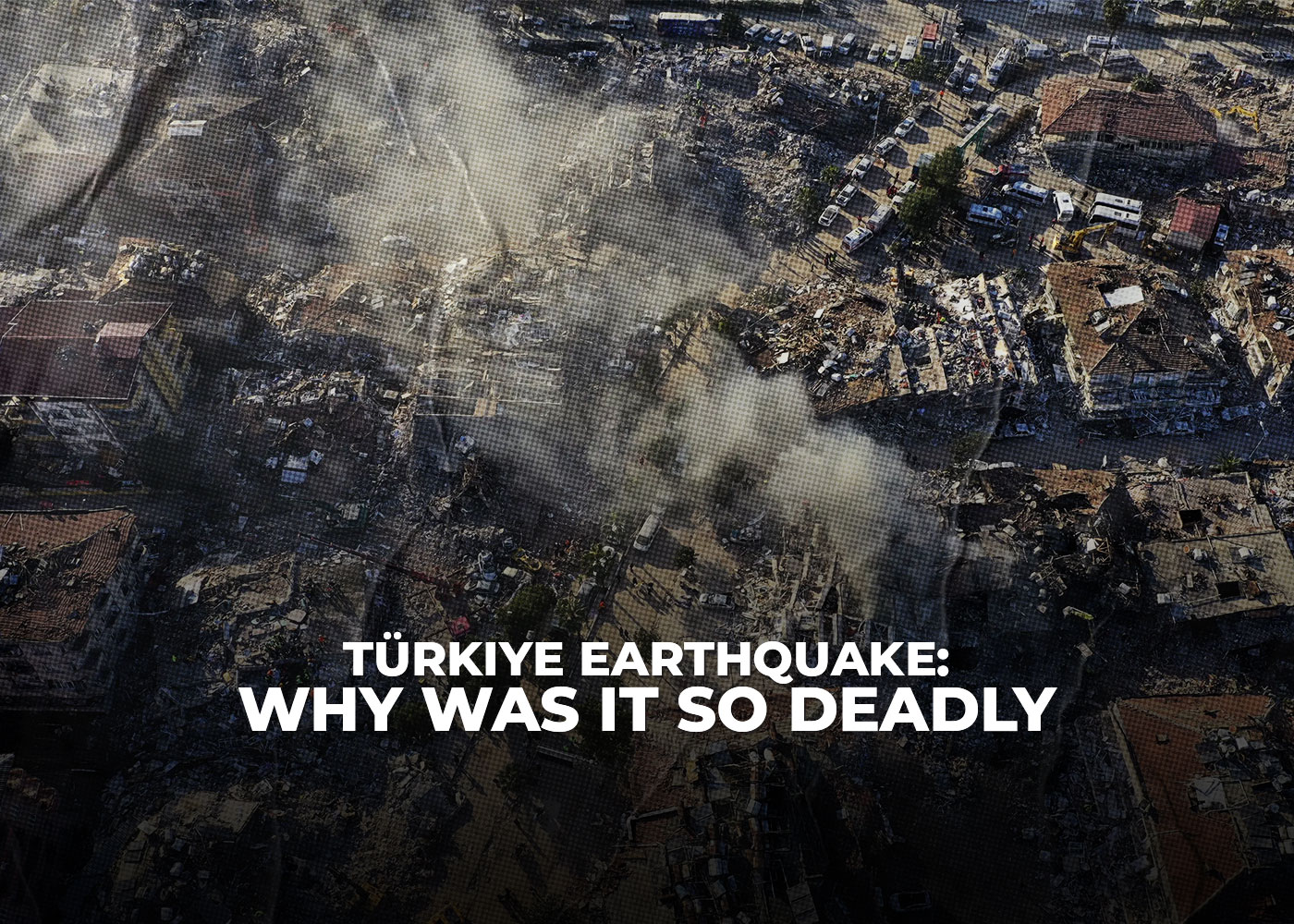
On Monday morning, the citizens of Gaziantep, located near the Syrian border in southeastern Türkiye, experienced a catastrophic earthquake. Its power caused tens of thousands to perish and countless more injuries; what’s even worse is that subsequent aftershocks almost equaled its magnitude. You may be wondering why this disaster was so deadly – let us delve into some likely causes!
Experiencing the Earthquake While People Were Sleeping Had a Very Deadly Result
The initial earthquake was catastrophic, registering as a 7.8 on the official magnitude scale and labeled “major.” A horrifying 100km (62 miles) fault line ruptured, causing immense destruction to buildings near it. Joanna Faure Walker, head of the Institute for Risk and Disaster Reduction at University College London, stated that just two out of the most deadly earthquakes in any given year had had an equivalent magnitude over the past 10 years, while four produced such violent tremors within the prior ten years.
However, it is not only the quaking power of the tremor that wreaked destruction. This calamity occurred during those still hours when people were fast asleep and tucked away inside their homes.
The Region’s Unpreparedness Is Also A Major Factor
With no indications of an impending earthquake in South Türkiye and Syria for over two centuries prior, it stands to reason that the preparedness in this region was one of the reasons why this earthquake was so deadly. Dr. Carmen Solana, a volcanology and risk communication reader at the University of Portsmouth, states: “Given this situation, saving lives now rests heavily on response; thus making the following 24 hours essential for finding survivors as their chances greatly diminish after 48 hours.”

One of the Reasons Why the Earthquake Is So Deadly Is the Type of Earthquake
Everywhere around the globe, Earth’s crust plates press against one another like puzzle pieces. Though they are prevented from shifting by friction between them, when too much pressure accumulates, and one plate abruptly moves ahead of its counterpart, it can cause a dramatic shift in the surface layer – such as what occurred with the Arabian Plate pushing forward to grind against Anatolia.
Friction between plates has caused catastrophic earthquakes throughout history, such as the 7.4 magnitude quake in 1822 that resulted in massive destruction across towns and villages near Aleppo – claiming at least 7,000 lives, with aftershocks continuing for nearly a year following the initial event. Similarly, this week’s devastating earthquake of 7.8 magnitudes has been followed by numerous aftershocks, and scientists anticipate more to come in the days ahead according to past patterns observed from quakes like these.
You might check: IMF Suggests That The Restrictions on Bitcoin Intercept Any Risk of a Speculative Market for El Salvador








